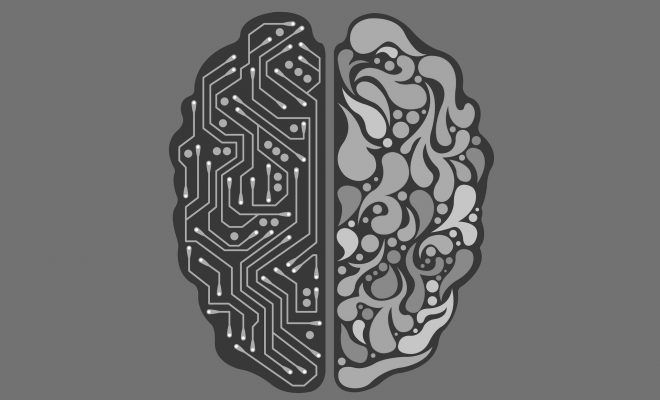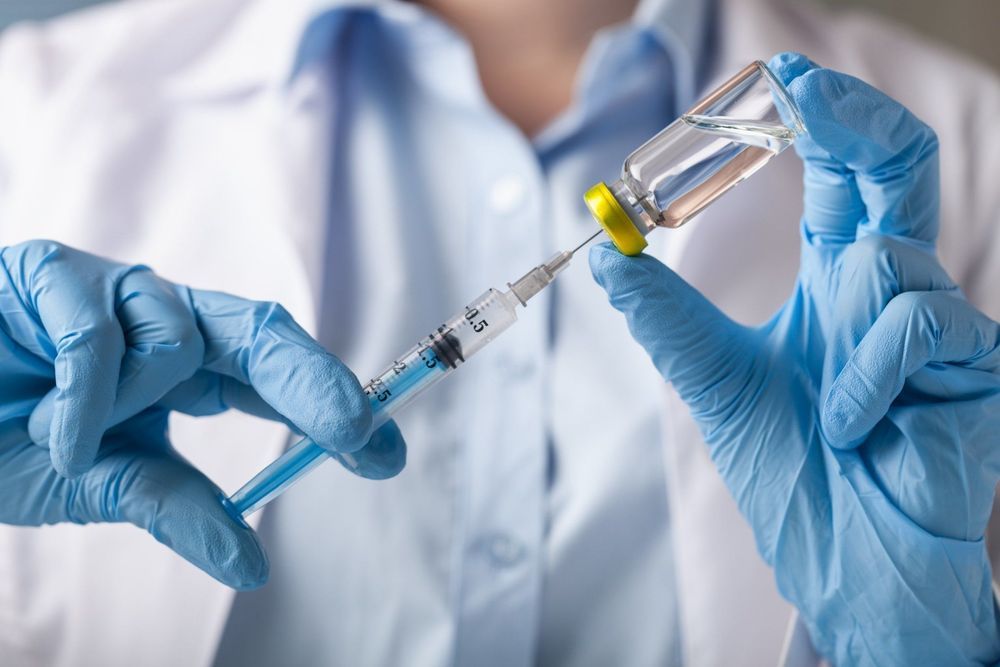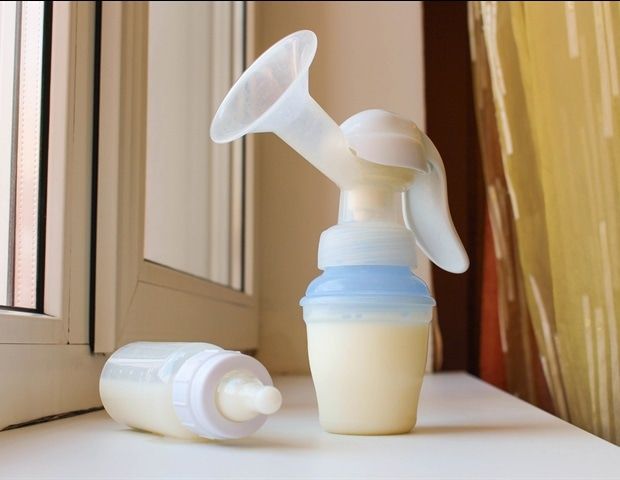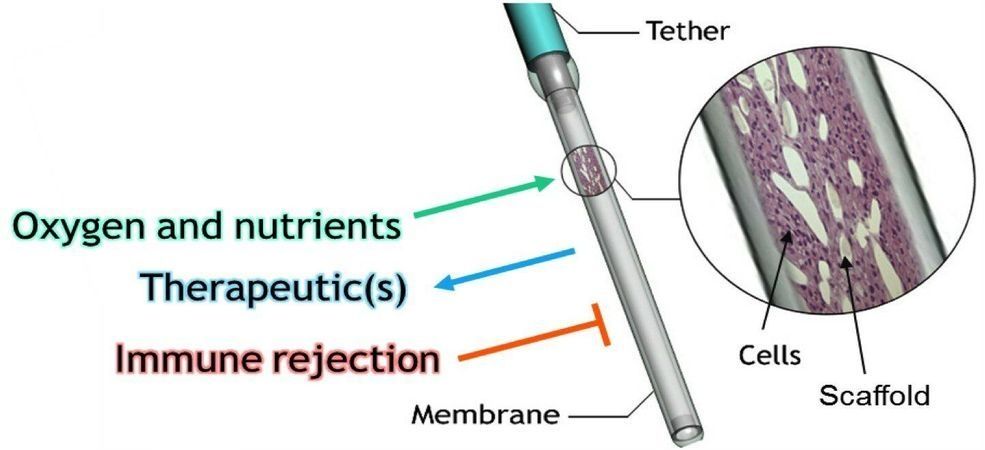Would you try a fecal pill to treat your medical condition?
Category: biotech/medical – Page 2,505



How Close are We to Achieving Immortality?
Over the past 100 hundred years, the average human lifespan has increased dramatically, thanks to exponential advancements in science and technology. While living to 80, 90, and even 100 is a possibility, humans have long been in search of the ultimate discovery – immortality.
In order to achieve immortality, scientists have identified four key issues that must be overcome. These include telomere shortening, chronological aging, oxidative stress, and glycation. If these could be drastically reduced or even eliminated, immortality may just be in our reach. However, there are some promising technologies that are prolonging the human lifespan right now, and could eventually lead us to immortality.
It is definitely a creepy a concept to think about, but studies have shown that regular blood transfusions sourced can extend the human lifespan by 10–20 years. Scientists have found that a protein called GDF11 is very common in the blood of young mice, and has been shown to increase skeletal muscle and increase heart strength. This protein has been deemed to have anti-aging properties, making it a promising technology in extending human lifespan.

New insight into cell membranes could improve drug testing and design
Research at the University of Arkansas on membrane proteins could lead to better development and testing of drugs. Chemistry researchers studied a type of membrane protein that expels drugs from a cell, contributing to drug resistance. They found that the lipid composition of the cell membrane has an effect on the behavior of these proteins, which should be taken into account when testing drugs that target membrane proteins. Their results are available open-access in the journal ACS Central Science.

Scientists seek ‘Trojan horse’ flu virus to target prostate cancer
London scientists are seeking to create a “Trojan horse” version of the flu virus to target advanced prostate cancer. A team at Barts Cancer Institute has won £245,000 from Prostate Cancer UK to continue pioneering research into a disease that kills 11,500 men a year. Early trials on mice have shown that the flu virus can be re-engineered to kill prostate cancer cells that have “metastasised” and spread away from the main tumour.

Scientists find bacterial extracellular vesicles in human blood
Belgian scientists have come to the surprising finding that vesicles coming from gut bacteria, are present in blood of patients with HIV, inflammatory bowel disease and cancer. Due to the increased permeability of the intestinal wall in these patients, bacterial vesicles end up in the bloodstream and can influence the immune system. This research sheds new light into the way the gut bacteria can communicate with different organs in the human body and is published in the scientific journal Gut.
Our body lives in symbiosis with trillions of bacteria. Most of these bacteria are located in the colon and a disturbance in this intestinal flora has recently been linked to the development of diseases such as diabetes, obesity, Alzheimer’s disease, inflammatory bowel disease, HIV and cancer. Gut bacteria communicate with each other, but also with human cells, using different molecules (proteins, RNA, DNA,…). These molecules can be packaged in unique small particles that are formed by bacterial cells, bacterial extracellular vesicles.
Source:
A Totally New Type of Blood Vessel Has Been Discovered Hidden in Human Bones
There’s a whole network and we’ve never seen these before!
We often think of bone as something that is structurally solid, especially its hard outer layer, called cortical bone.
But a new discovery of never-before-seen hidden passages traversing these rigid organs in both animals and humans could lead to a rethink of the structure and function of basic skeletal anatomy.
In a new study, researchers in Germany report finding a previously undetected network of fine blood vessels that act like a secret tunnelling system inside bone, helping blood and immune cells spread efficiently and rapidly throughout the body.

Study describes metabolism of intestinal microbiota in babies for the first time
A research team with the participation of the Institute for Integrative Systems Biology (I2SysBio) of the University of Valencia, together with FISABIO and CIBERESP, has carried out the first metatranscriptomic study of the gut microbiota of babies, which has allowed to unveil the metabolism of the intestinal bacterial community during the first year of life, with a level of detail unknown until now.
This work has also involved researchers from the Joint Unit in Genomics and Health of the Foundation for the Promotion of Health and Biomedical Research of the Valencian Community (FISABIO) and the Biomedical Research Consortium in Epidemiology and Public Health Network (CIBERESP), dependent on the Carlos III Health Institute.
The environment is very important in the first years of life, both for the baby and for the bacteria of its gut microbiota. Bacteria and humans coexist in a harmonious symbiosis: people share with them the food they eat, which helps them to metabolise (10% of the energy obtained from food is as a consequence of bacterial action). In addition, bacteria influence the development of the immune and nervous systems.

Implantable device curbs seizures and improves cognition in epileptic rats
A protein-secreting device implanted into the hippocampus of epileptic rats reduces seizures by 93 percent in three months, finds preclinical research published in JNeurosci. These results support ongoing development of this technology and its potential translation into a new treatment for epilepsy.
Motivated by an unmet need for effective and well-tolerated epilepsy therapies, Giovanna Paolone and colleagues of the University of Ferrara, Italy and of Gloriana Therapeutics, Inc. (Providence, RI) investigated the effects of the Gloriana targeted cellular delivery system for glial cell line-derived neurotrophic factor (GDNF)—a protein recent research suggests may help suppress epileptic activity.
In addition to quickly and progressively reducing seizures in male rats—by 75 percent within two weeks—the researchers found their device improved rats’ anxiety-like symptoms and their performance on an object recognition task, indicating improvement in cognition.